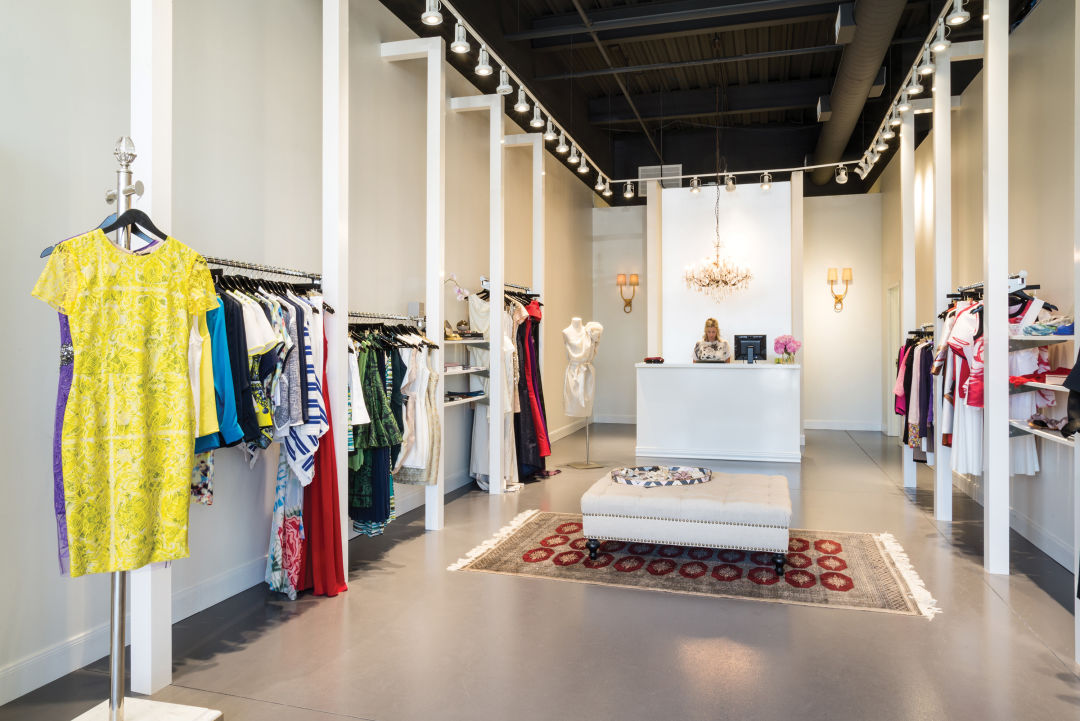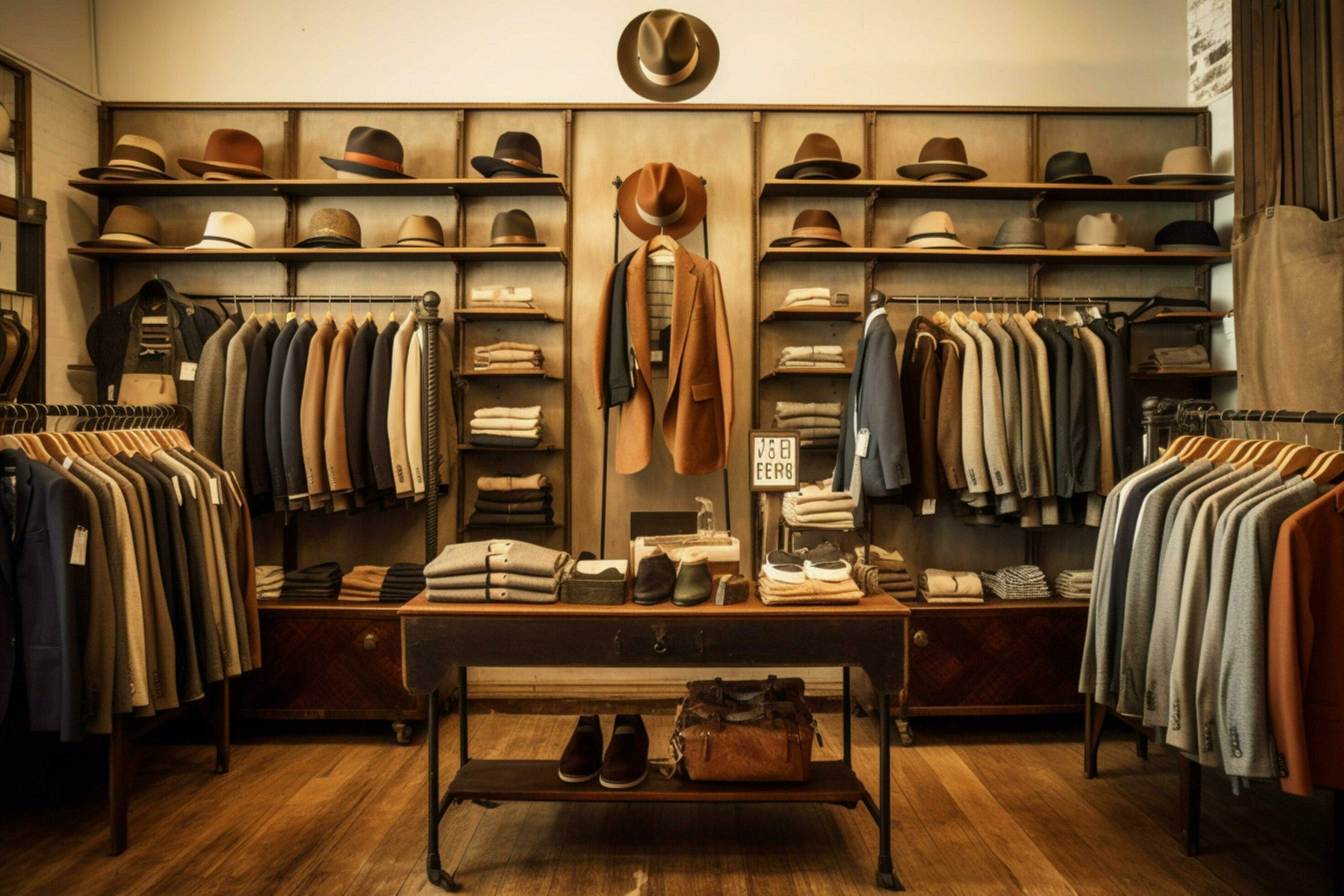Raise Your Closet with Magnificent Boutique Fashion Basics
Raise Your Closet with Magnificent Boutique Fashion Basics
Blog Article
A Deep Dive Into the Globe of High-Fashion Runways: Recognizing Clothes as Art
Developers, a lot like masterful artists, weave detailed narratives via color, kind, and material, redefining and challenging typical standards elegance requirements. As we check out these sartorial spectacles, we must ponder: what function does fashion play in shaping social worths, and how does it reflect the ever-changing tapestry of human emotion and identification?
The Development of Runway Shows
The trajectory of runway programs has transformed substantially over the decades, progressing from unique industry events to exciting eyeglasses that blend fashion with art. Typically, path shows made love affairs, held in ateliers or small venues, primarily participated in by buyers and sector experts. These very early presentations focused on the garments' craftsmanship and business stability, using a practical and direct display screen of seasonal collections.
As the style industry broadened, the nature of runway shows started to transform. The 1970s and 1980s noted a transforming point, with developers seeking to differentiate themselves with even more staged discussions.
In recent years, modern technology and social media have actually additionally changed runway shows, making them accessible to a global target market. Livestreaming and digital platforms have democratized style, allowing lovers worldwide to witness these events in real-time (boutique fashion). This evolution mirrors a broader social change, where high-fashion runways work as a vibrant crossway of style, efficiency, and advancement
Designers as Enthusiast Artists
How have developers transcended their roles to end up being visionary artists? Developers in the high-fashion industry have blurred the lines between useful garment production and the conceptual world of art. This makeover is apparent in the means they approach their collections, not merely as clothes but as extensive expressions of culture, identity, and emotion. By accepting imaginative self-controls such as sculpture, paint, and avant-garde setups, designers craft garments that challenge typical fashion norms and elevate them to art kinds.
Visionary designers attract ideas from a myriad of sources, including abstract art, historic referrals, and individual narratives. They possess a distinct ability to envision and materialize concepts that press the borders of conventional fashion, frequently redefining visual standards while doing so. This imaginative ingenuity is showcased through remarkable shapes, innovative products, and intricate workmanship, which invite visitors to experience style as greater than simply wearable items.
Moreover, the runway acts as a canvas for these artists, where lights, music, and established style coalesce to create immersive experiences. These presentations are not merely screens of clothing but are coordinated performances that stimulate feeling and provoke idea, attesting the designer's duty as a true artist in the modern social landscape.
Social Impacts in vogue
Cultural tapestry weaves its intricate patterns right into the fabric of fashion, influencing designers worldwide. The dynamic interchange of cultural tales, traditions, and symbols notifies and motivates collections that poise high-fashion paths. Designers thoroughly draw from their heritage or involve with cultures distinct from their very own, crafting garments that offer as visual stories. This cultural discussion not just improves the aesthetic variety yet likewise promotes a deeper understanding and appreciation of global identities.
The influence of society on style is typically seen in the reinterpretation of typical garments and patterns. The use of Japanese bathrobes, Indian saris, or African prints in contemporary fashion shows a blend of cultural credibility and contemporary looks. click to read more Designers such as Valentino's Pierpaolo Piccioli and Alexander McQueen's Sarah Burton have actually been understood to include abundant social motifs into their couture collections, equating background into wearable art.

Technology in Fabric and Design
Development in material and style regularly reshapes the landscape of high-fashion, pushing borders and redefining possibilities. In the last few years, technological developments have considerably added to this evolution, presenting materials that challenge traditional understandings. Textiles ingrained with wise fibers, capable of transforming shade or controling temperature level, are no more restricted to the world of science fiction. Developers are significantly discovering the assimilation of modern technology, such as 3D printing, which permits the creation of complex frameworks that were previously unimaginable.
Moreover, sustainability has actually become a crucial motif in material development. The fashion business is observing a surge in using environmentally friendly products, originated from recycled plastics, natural fibers, and also biodegradable parts. These developments not only use brand-new appearances and appearances but likewise address crucial ecological problems. Developers are welcoming these products to craft garments that are both aesthetically striking and conscious of their ecological impact.
In terms of style, progressive shapes and speculative types are constantly changing the path. By including non-traditional products and cutting-edge methods, designers grow garments that obscure the line between style and art, setting new requirements for imagination and expression in go right here the high-fashion round.
Influence of Fashion on Society
Fashion possesses a profound influence on society, working as both a representation of cultural identity and a stimulant for social change. Via its evolution, style has mirrored social changes, encapsulating the zeitgeist of different periods. For instance, the flapper gowns of the 1920s personified a newfound sense of ladies's freedom, while the strong prints of the 1960s resembled the advanced spirit of the moment. High-fashion runways, specifically, act as systems for difficult norms and redefining charm standards. Developers utilize these venues to attend to pressing social problems, from sustainability to variety, thereby forming public discourse.
Furthermore, style has the power to bridge cultural gaps, cultivating understanding and admiration amongst diverse teams. As globalisation increases, the cross-cultural exchange of style concepts becomes significantly substantial, promoting inclusivity and variety. The surge of streetwear, originating from urban subcultures, shows how style can go beyond socio-economic limits, giving individuals a means of self-expression and empowerment.
Basically, fashion is not simply about appearances; it is a dynamic force that influences worths, attitudes, and social progress (boutique fashion). By continually engaging with social and cultural currents, style stays an integral component of the cumulative human experience

Final Thought
High-fashion paths work as vibrant fields where clothing transcends functionality to come to be an expressive art kind. Developers, comparable to visionary artists, manage collections that show identity, feeling, and cultural narratives, testing conventional aesthetics. The fusion of cutting-edge textile and style, coupled with fancy set styles, lights, and songs, produces immersive experiences that commemorate cultural diversity. This crossway of read here fashion and artistry not only astounds audiences worldwide however likewise influences societal assumptions and advertises a deeper appreciation for multiculturalism.

Social tapestry weaves its detailed patterns into the fabric of fashion, affecting developers globally.Style possesses an extensive influence on society, offering as both a reflection of social identity and a catalyst for social adjustment.
Report this page